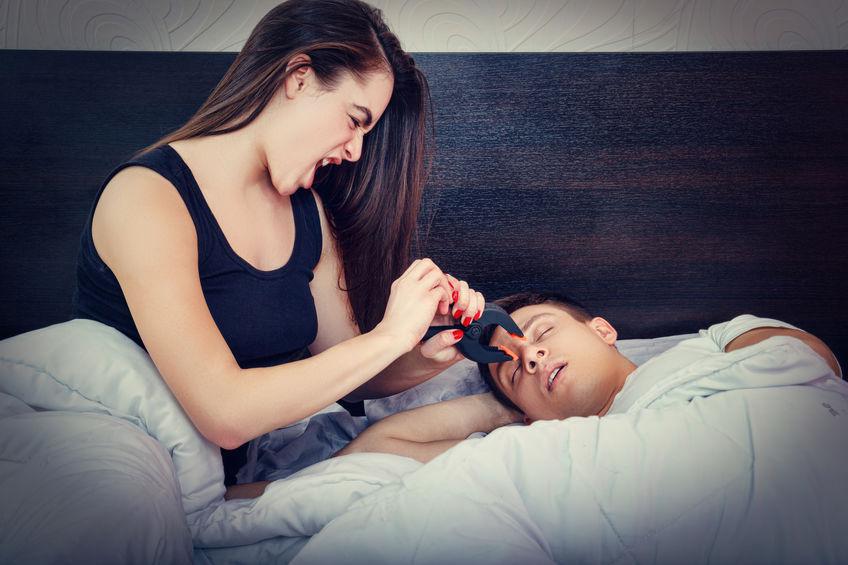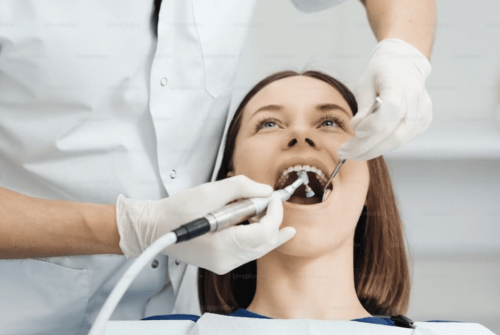
Anti-snoring devices are devices that are designed to help people who snore during sleep. Snoring is a common problem that affects a large number of people worldwide. It can cause disruption of sleep for both the snorer and their partner, leading to fatigue, irritability, and other health issues. Anti-snoring devices work by addressing the root cause of snoring and helping to alleviate the symptoms. There are several different types of anti snoring devices available, each with its unique benefits and working mechanisms.
Types of Anti-Snoring Devices
- Mandibular Advancement Devices (MADs): These devices are designed to keep the lower jaw in a slightly forward position while sleeping, which helps to keep the airway open and reduce snoring. MADs are typically made of plastic and are worn like a mouthguard.
- Tongue Retaining Devices (TRDs): These devices work by holding the tongue in a forward position to prevent it from falling back into the throat and blocking the airway.
- Nasal Dilators: These devices work by opening up the nasal passages to allow for better airflow. They can be worn inside the nostrils and come in a variety of shapes and sizes.
- Positional Therapy Devices: These devices are designed to encourage the snorer to sleep in a different position, such as on their side rather than their back, which can help to reduce snoring.
- Continuous Positive Airway Pressure (CPAP) Machines: These machines are often used in cases of severe sleep apnea and work by delivering a continuous stream of air to keep the airway open.

Benefits of Using Anti-Snoring Devices
The benefits of using anti-snoring devices include:
- Improved Sleep Quality: By reducing or eliminating snoring, anti-snoring devices can help to improve the quality of sleep for both the snorer and their partner. This can lead to increased energy levels, improved mood, and better overall health.
- Reduced Health Risks: Snoring can be a symptom of a more serious condition called sleep apnea, which has been linked to an increased risk of heart disease, stroke, and other health problems. By reducing snoring, anti-snoring devices can help to reduce these health risks.
- Non-Invasive: Many anti-snoring devices are non-invasive and can be used without the need for surgery or medication. This makes them a safe and convenient option for people who want to address their snoring without undergoing more invasive procedures.
- Cost-Effective: Anti-snoring devices are often less expensive than other treatments for snoring, such as surgery or medication. This makes them an affordable option for people who want to address their snoring without breaking the bank.
- Easy to Use: Many anti-snoring devices are easy to use and require little or no adjustment. This makes them a convenient option for people who want to address their snoring without having to spend a lot of time and effort on treatment.
Conclusion
Anti-snoring devices are a safe, effective, and convenient way to address the problem of snoring. By reducing or eliminating snoring, these devices can help to improve the quality of sleep, reduce health risks, and improve overall well-being. Whether you choose a MAD, TRD, nasal dilator, positional therapy device, or CPAP machine, there is an anti-snoring device out there that can help you get a better night’s sleep.






